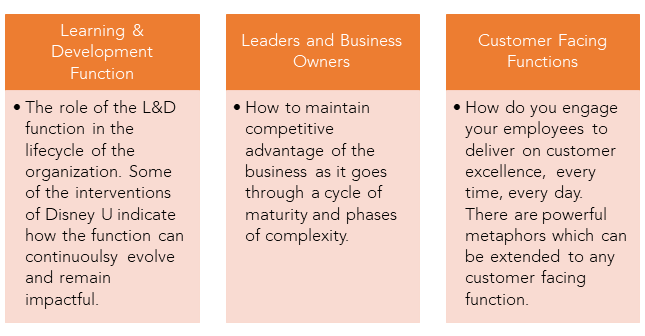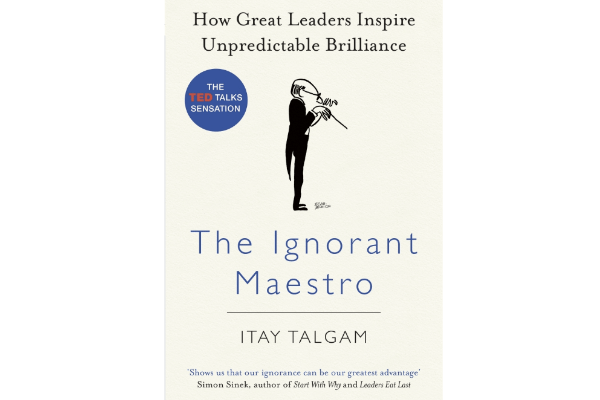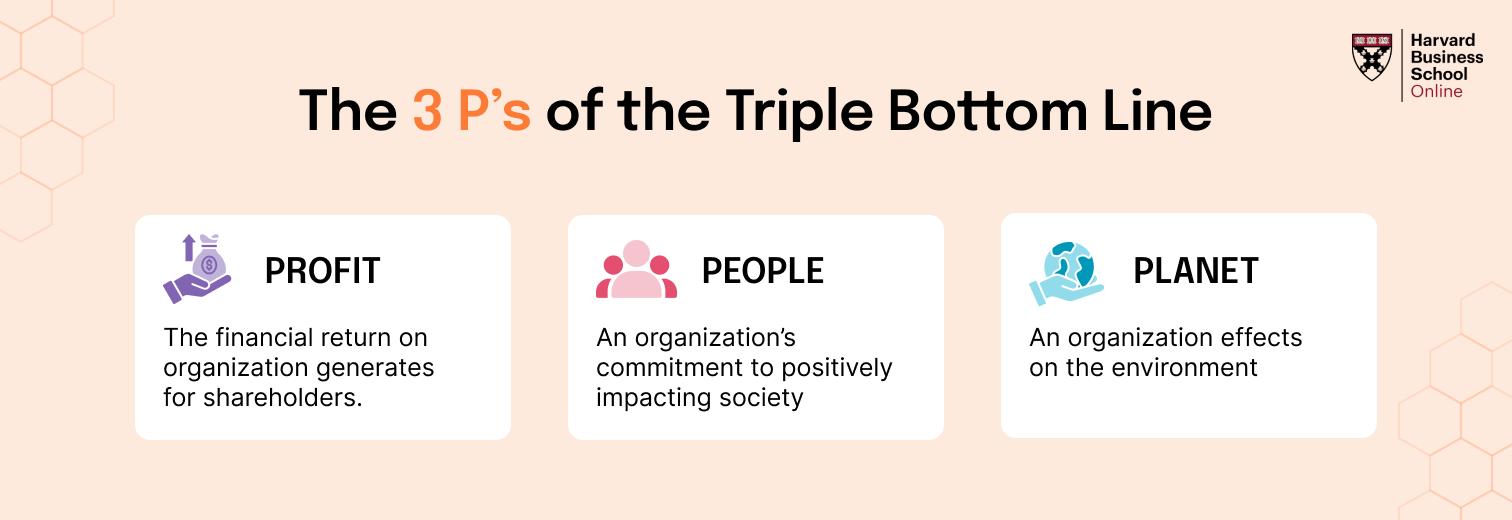Disney treats its customers as ‘guests’, striving to make Disneyland the ‘happiest place on earth.’ And doing this is no simple feat. It takes an entire team working in unison to create the ‘magic’ – the ‘pixie dust’. From ‘imagineers’ to the ‘cast members’, from the custodial crew to the operations, all Disney employees play an equally critical role in creating this happiness.
Disney U, authored by Doug Lipp, treats its readers as ‘guests’ too. It’s an engaging read, full of anecdotes and insights. Each chapter begins with a strong context, takes us through the journey of Disney U and ends with a summary and a set of questions for the reader to reflect on.
The diagram below represents how the Disney U learnings can be useful to a variety of readers.

Pulling back the curtain:
Table of Contents
It all started when the first orientation program was designed back in 1955. The design reflected the detailing of Disneyland itself – with the classroom walls painted with the favorite Disney characters, Hakuna Matata playing in the background and the toilets spotlessly clean. How can you expect your employees to pay attention to detail when the training doesn’t do the same? Did you know during the construction of Disneyland, Walt often bent on his knees to understand the park from the perspective of kids, the park’s primary customers?
Art and Science: It’s show time!
Disney likened the role of the employees to that of ‘cast members’ of a great ‘show’ and not just employees at an amusement park. A good show was very clearly differentiated from a bad show. There’s one anecdote which articulates this well :
Imagine a family with two kids planning a trip to Disneyland for several months. They travel for hours and then when they reach the park, they are just about to meet Snow White! And guess what, Snow White has just had a bad day! Her dwarfs have all turned in late and she is in a foul mood. She is irritated with the kids’ banter and worse, she is seen with a cigarette dangling from her lips. Imagine the horror of the kids and parents. Do you think, at that point, anybody would be raving about anything else at Disney?
A good show is a matter of both science and art. Snow White has to know the science of being Snow White and at the same time, demonstrate the art of interpersonal relations.
Walking the Park
As the operations of Disneyland became more complex, Van used to walk through the park to gather facts and feelings. This was a practice followed by even Walt himself. He sought feedback from the people who ran the nuts and bolts of the park. The pressures of work didn’t deter Disney leadership from skipping this important part. Van used his insights from the walk to improve the content of the orientation and other training programs and ensured that they reflected the reality of the park.
From a pot of soup to bouillon cube: Simplicity is the key
It’s very easy to get caught in the Disney principles as something dreamy – something like ‘pixie dust’, far away from the reality of entertaining people in heavy furry costumes. But what if that pixie dust is the reality of your business? How can you convert something like pixie dust to actionable?
This was demonstrated when Disney U was tasked with the responsibility of designing a training program for the Disney Retail Store. In the initial experience, the Disney leadership team noted that the service levels at the store were nowhere close to the Disney standards. The Disney U team leveraged the principle of ‘SCSE’ to convert the customer service principles of Disneyland to that of the retail store. SCSE sets the priorities by clearly setting the priorities for customer service: safety followed by courtesy followed by show and finally efficiency.
End of the Honeymoon
Employee morale was at its lowest around 3 years from the launch of Walt Disney World. There was fatigue in the system, fewer opportunities for growth. Employee Attrition was at its highest – 83%.
Disney U engaged with its top leadership in a unique was to reenergize the organization. Dick Nunis, the Director, personally called the divisional vice presidents to stress on the importance of the intervention. For the meeting, the vice presidents were invited to a shabby room at the top of Cinderella Castle, rightfully symbolizing the then state of affairs. Through a dedicated series of discussions, employee polls and actioning, Disney U gave rise to 2 different branches – Cast Activities and Cast Communications to engage with its people in a more meaningful way.
The Little Mermaid
As Disney kept growing and its teams started working in a more entrepreneurial spirit, an inevitable thing happened. A lot of opportunities were lost due to a lack of synergies. The Little Mermaid was a big example. The movie was a big hit but the merchandising team didn’t have sufficient information to put products in the market in time. Similar opportunities were being lost because of a lack of synergy across divisions.
At this point, Disney U had transformed from just conducting orientation programs to engaging the top leadership in issues critical to the business. Through several days, the leadership was engaged in a program called the Disney Dimensions which involved solving live cases across all the businesses to help them appreciate each other’s context. The lessons learnt were followed by results that were seen in upcoming Disney ventures such as the ‘Lion King’, where the organization hugely benefited from synergies across divisions.
Cleaning the Haunted Mansion:
This example is perhaps my favorite in the book. This occurred when the Tokyo Disney Land was just ready for the grand opening. During the night, the custodial crew had to clean up the park which included the Haunted Mansion. The crew made it spotlessly clean – every speck of carefully placed cobwebs and dust on the window panes was swept clean. Three weeks of hard work swept clean in one night.
This particular incident was a great example of how organizations make mistakes while interacting with different cultures. Barriers in language and practices are just the tip of the iceberg. At the bottom lay issues of false assumptions and unclarified expectations. As Disney was moving across continents, Disney U evolved its programs to cater to the diverse cultures. Van also realized that as the organization continues to grow, teams will form silos forming ‘neighborhoods’ isolated from each other. Leaders who make a conscious effort to understand different neighborhoods will thrive.
Conclusion
Let me conclude by saying that Disney U is a treasure-trove of lessons, stories, and management lessons. And in the true style of Van France, the book informs, educates and entertains at the same time.










